
mosaic tiles
Tiled ceiling of the Indian Memorial Fountain dome in Yokohama’s Yamashita Park, donated in 1939 by the Indian community to honor Japanese assistance during the 1923 Great Kanto Earthquake and to memorialize those who died.

Hikawa Maru
Built in 1929, the NYK Hikawa Maru was a luxury ocean liner that sailed the Pacific, connecting Japan with North America. It featured gourmet cuisine, elegant Art Deco interiors, and famous passengers including Babe Ruth and Charlie Chaplin.
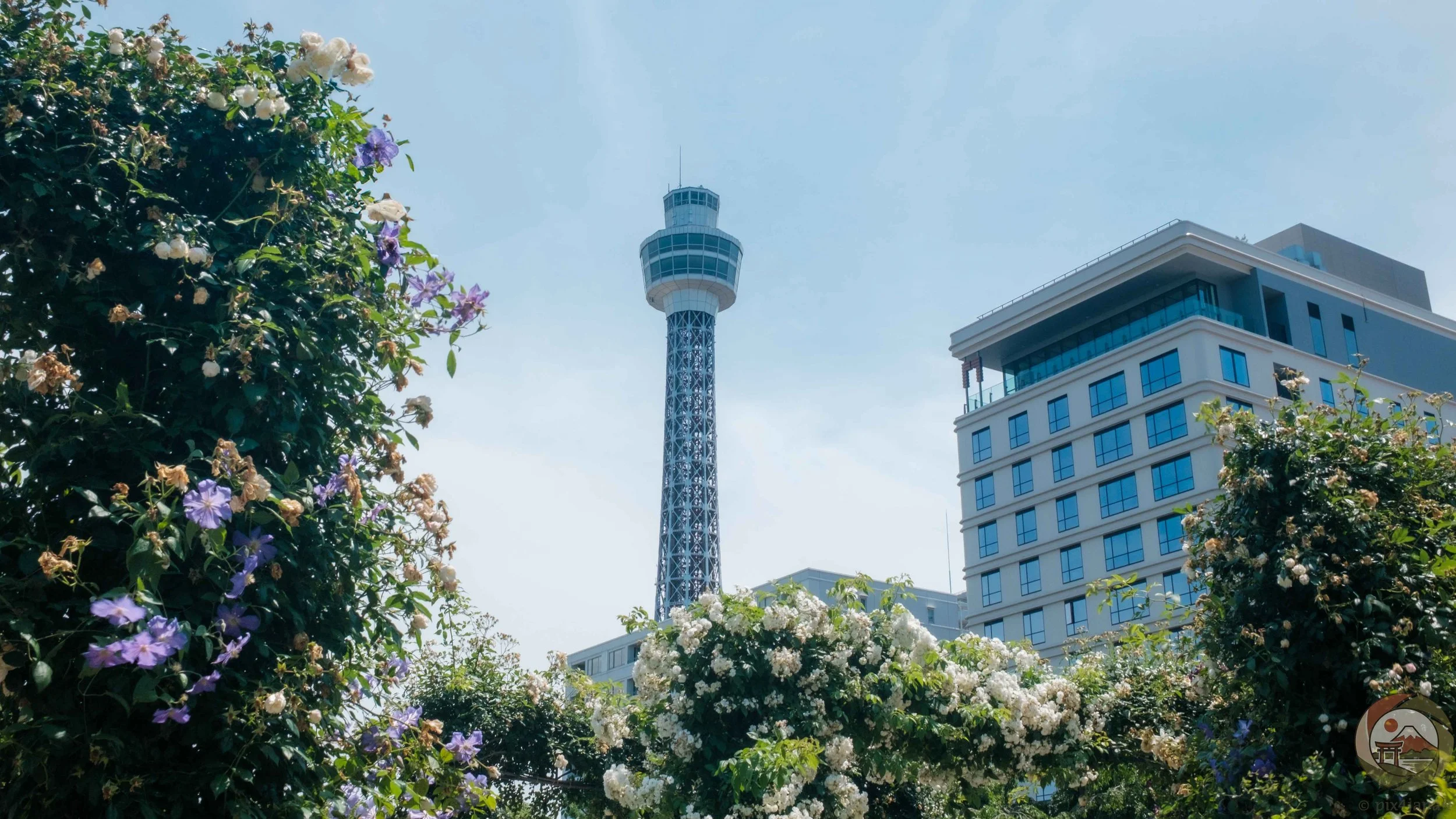
Marine Tower
Built in 1961 for Yokohama Port’s centennial, Marine Tower once held the record as the world’s tallest lighthouse. Renovated in 2009, it now features observation decks, light shows, and stunning views of the city and Mt. Fuji.
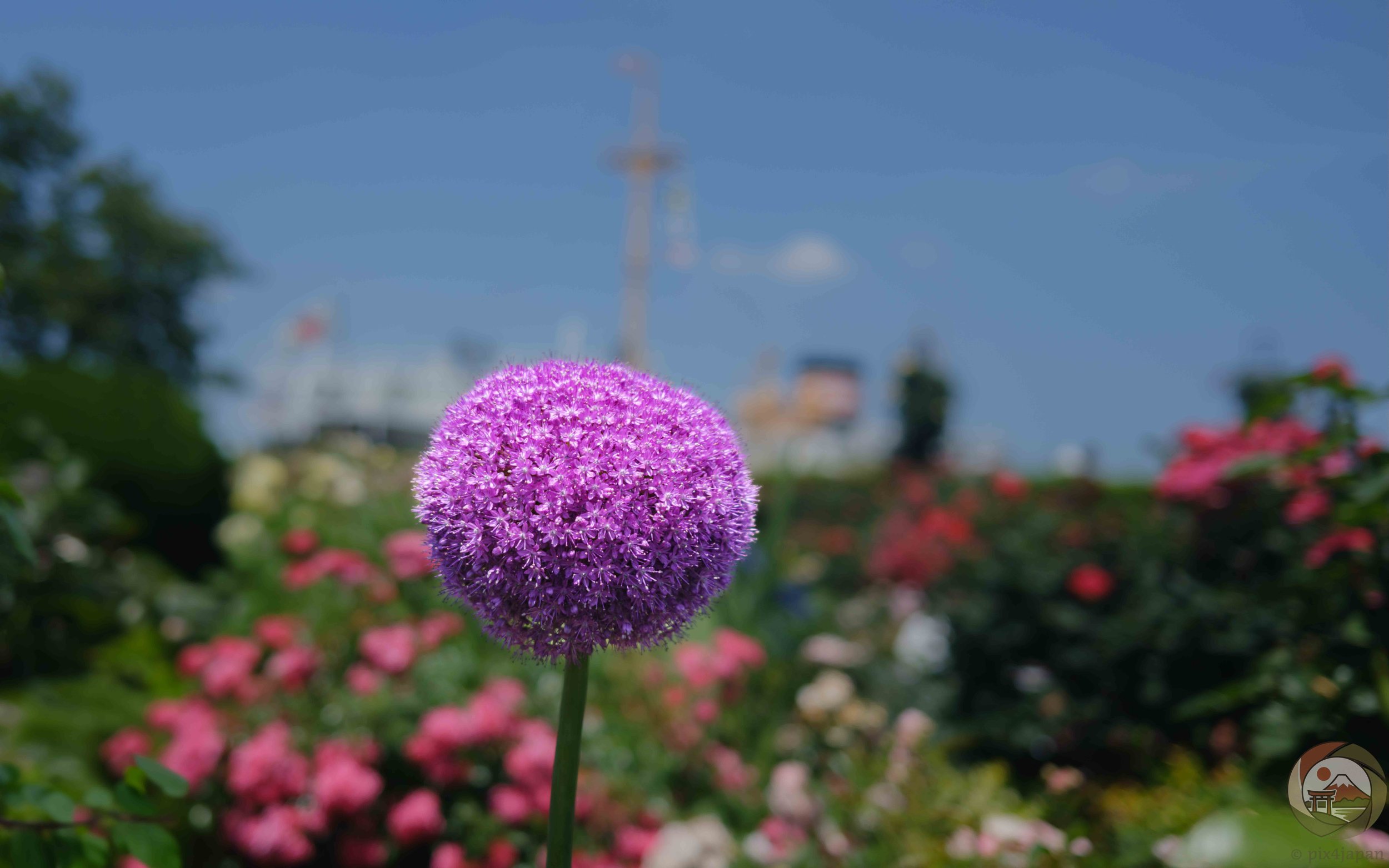
Giant Leek
Giant purple Allium giganteum flower blooming in Yokohama’s Yamashita Park during Garden Necklace Yokohama, with blurred roses and the Hikawa Maru ocean liner in the background.
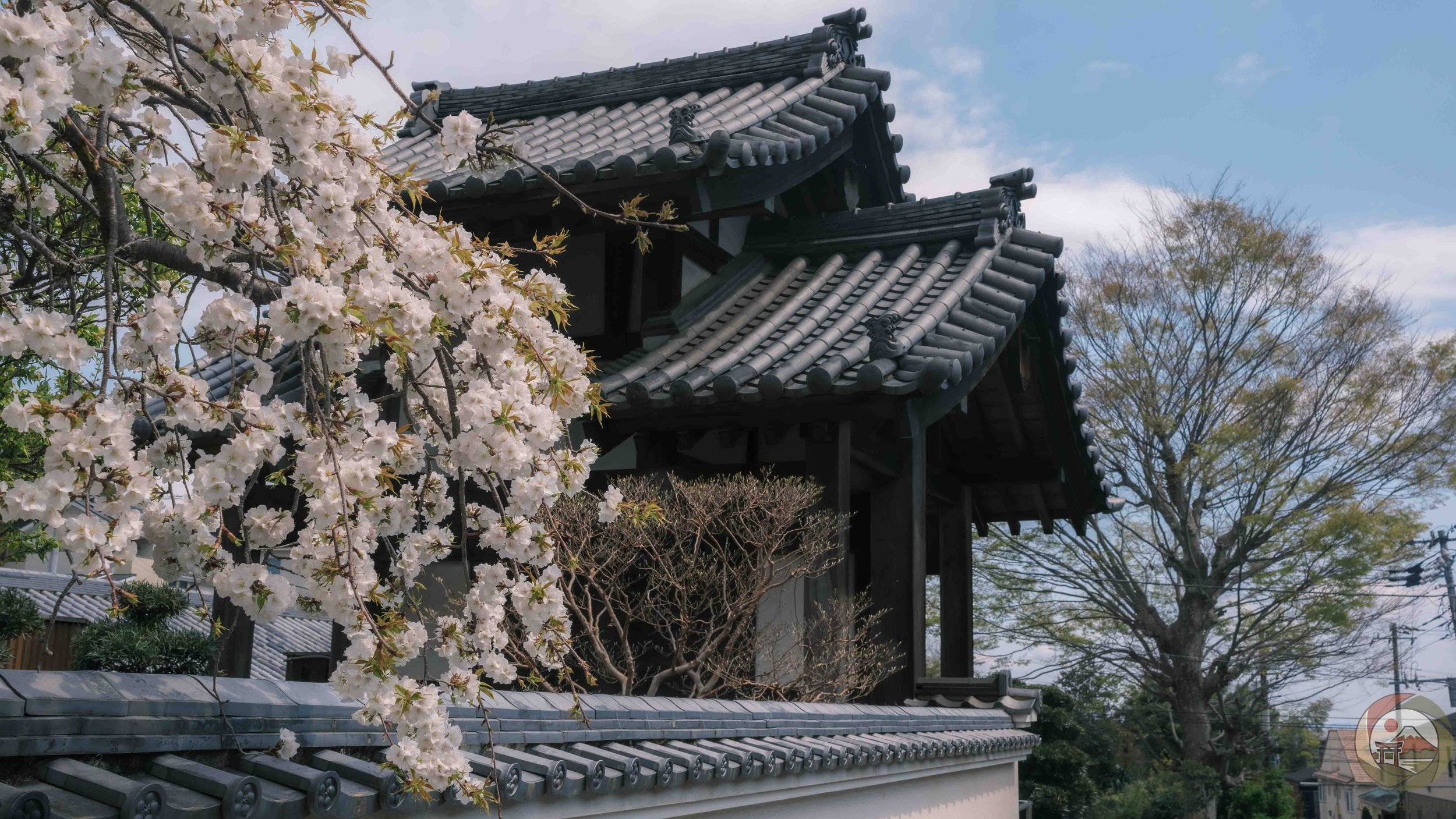
Jigen-ji Temple
White cherry blossoms in full bloom fill the air and inner garden behind the Sanmon Gate of Jigen-ji Temple, a historic Buddhist temple nestled in a former castle town just under an hour south of Tokyo.
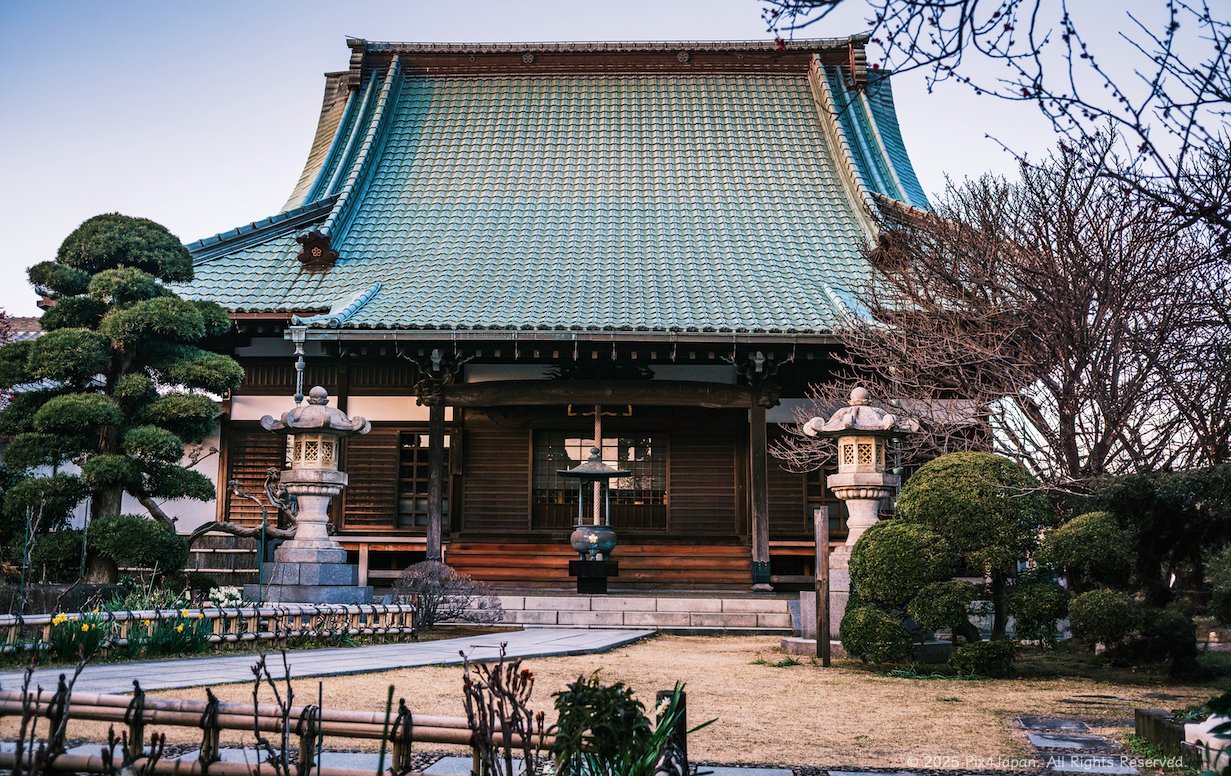
Ryūge-ji Temple
The main hall at Ryuge-ji Temple in Kanazawa Ward, Yokohama, Japan—a historic site founded in 1189 in the Mutsuura mountains. After the original structure burned in 1499, it merged with two neighboring temples, forming the present-day complex. This tranquil Buddhist sanctuary has endured for over 830 years, blending spiritual heritage with the local residential urban landscape.

Fudōmyō-Ō
A small vermilion shrine housing a statue of the Buddhist deity Fudomyo-O, or the Immovable Wisdom King. Although located within the grounds of Ryuge-ji Temple in Yokohama, Japan, the shrine’s architecture closely mirrors that of traditional Shinto hokora, blending the two traditions of Buddhism and Shintoism in a peaceful garden setting.
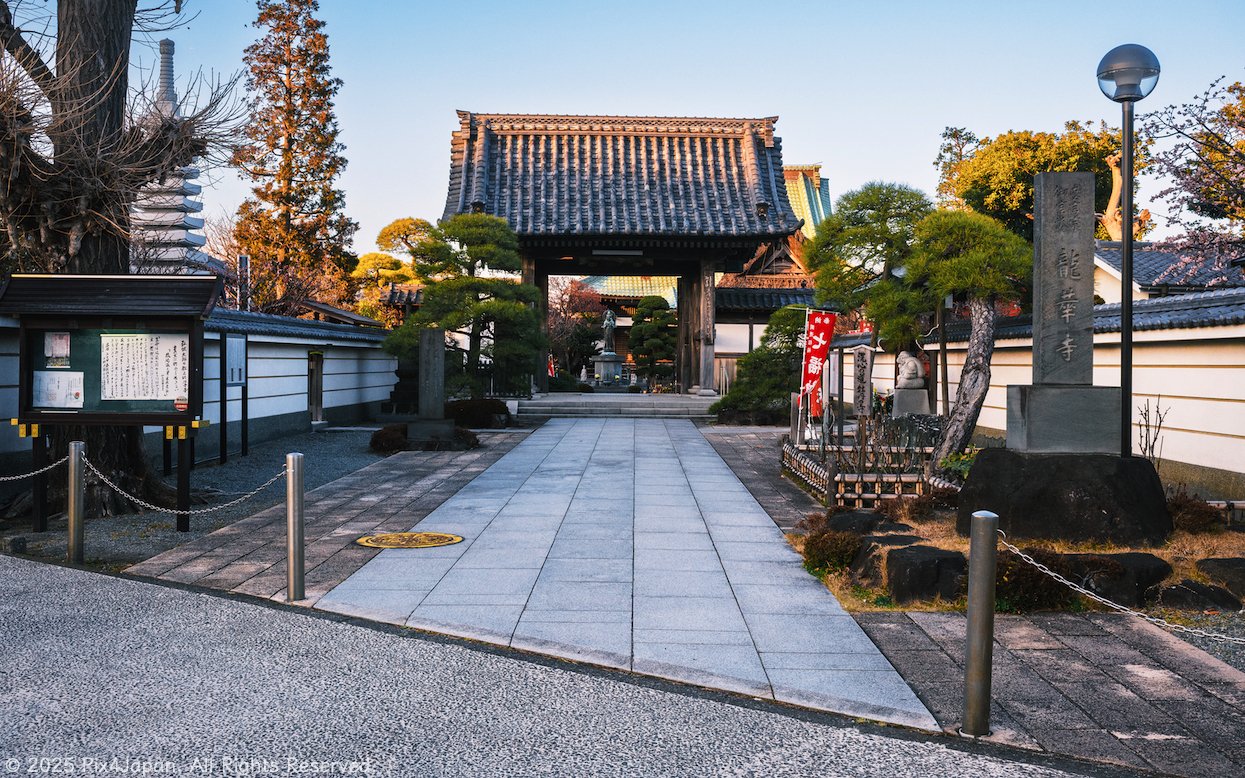
Sanmon Gate
A peaceful view of a stone-paved path bordered by a white wall with traditional roof tiles, leading to a large wooden sanmon gate with a gabled tiled roof. Here, visitors and worshipers pass from the secular world into the serene, sacred grounds of the Buddhist temple.

Susaki Shrine
A peaceful view of a small urban Shinto shrine in Kanazawa, Yokohama, Japan. A stone torii gate, lion-dog guardians, and shimenawa rope welcome visitors along a clean path leading to the wooden worship hall. Surrounded by trees and soft winter evening light, the serene courtyard invites quiet prayer and reflection.
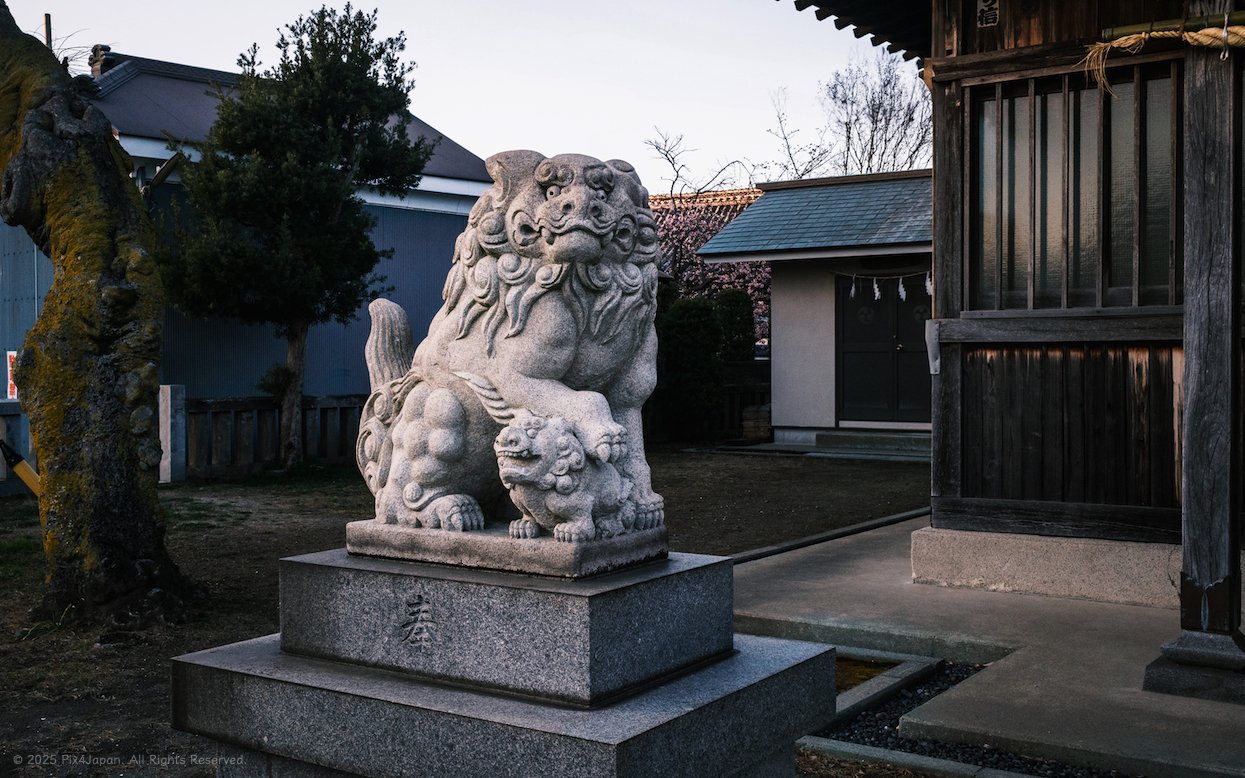
Komainu
A stone lion-dog (komainu) stands guard in the quiet courtyard of a traditional Shinto shrine in urban Japan. Its powerful mane, sharp claws, and fierce expression embody protection and strength, while the small cub beneath its paw symbolizes care. A moss-covered tree, the wooden exterior of the shrine, and a straw shimenawa rope evoke a sense of history and reverence, all beneath the soft light of a chilly winter evening during blue hour.